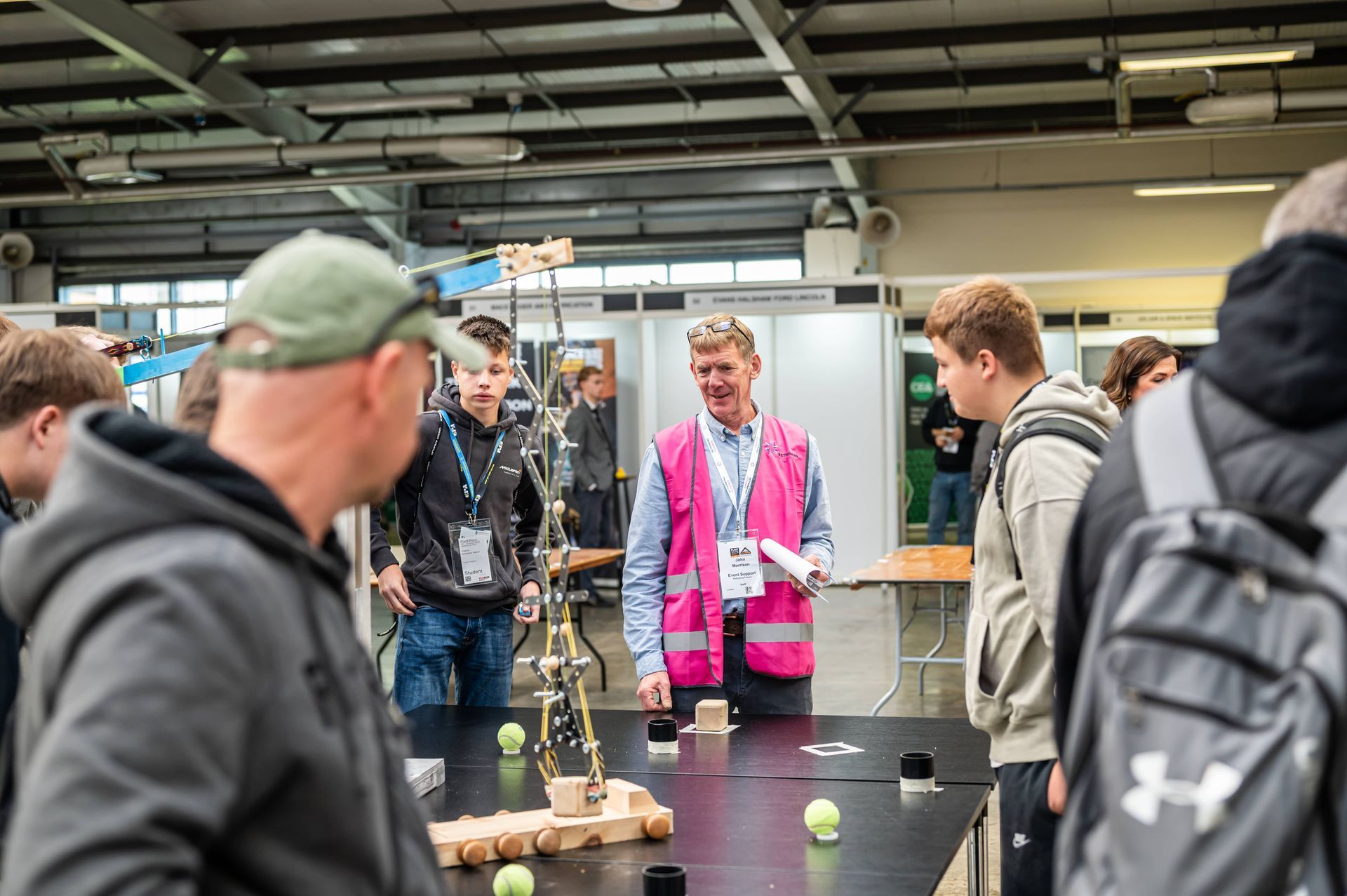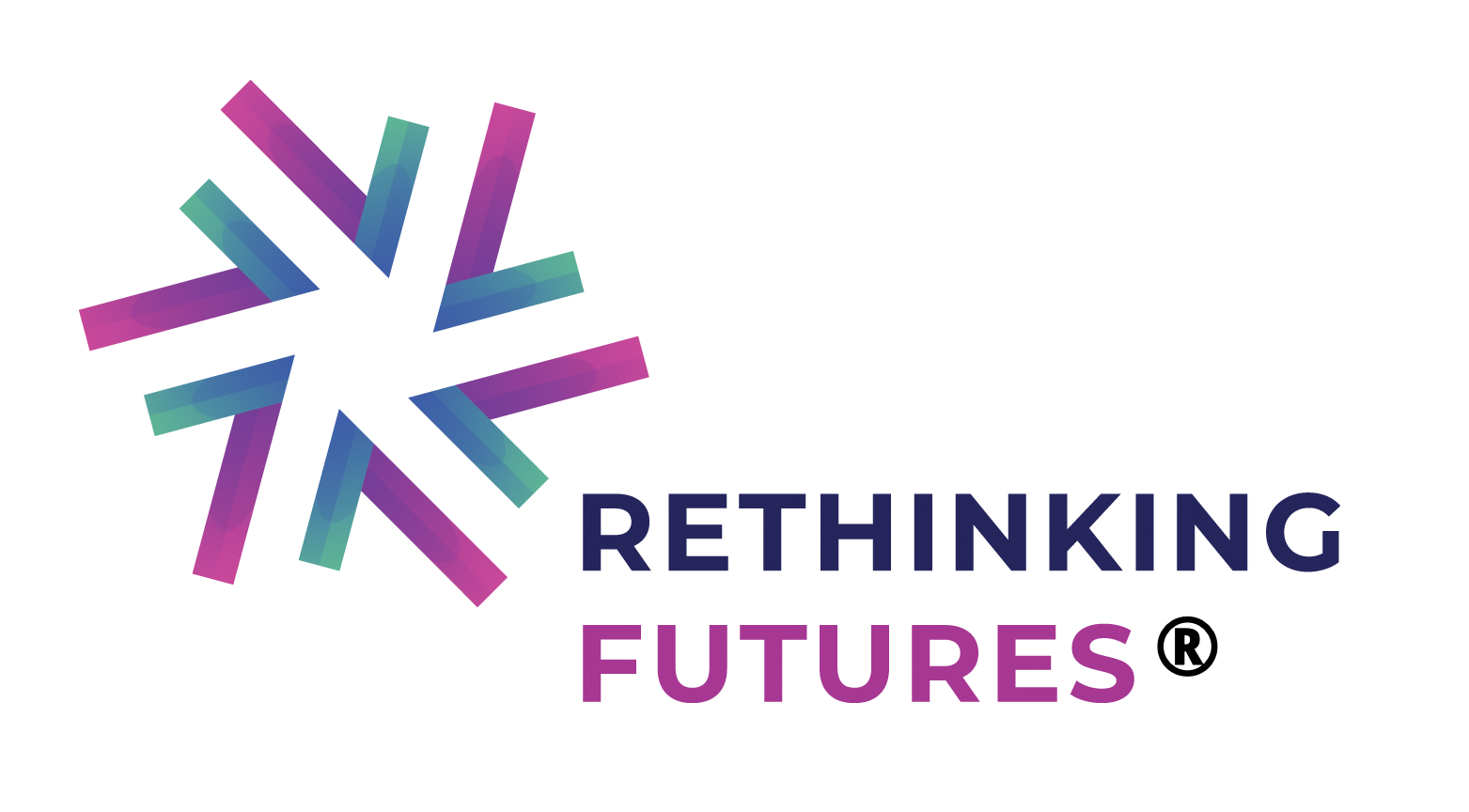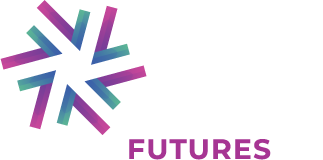The Power of Hands-On Learning
Effective learning goes far beyond textbooks and the classroom. For students to truly develop, especially in dynamic and practical fields such as construction and engineering, hands-on experience is critical. It bridges the gap between theoretical knowledge and practical application, fostering creativity, problem-solving, and critical thinking.
The Rethinking Futures initiative champions this approach to education. By connecting students with real-world engineering and construction challenges, it inspires the next generation while equipping them with the skills they need for modern career paths.
Bridging the Gap Between Theory and Practice
Rethinking Futures gives students opportunities to step outside traditional learning environments and engage with practical challenges. This hands-on framework helps transform theoretical learning into actionable, tangible skills that meet industry demands.
Lincoln UTC shared, “The opportunity to design and build a machine capable of moving a variety of products is exactly the kind of challenge our students thrive on—combining technical knowledge, creativity, and teamwork.”
Through projects like these, students are not only learning but also applying their knowledge in ways that mirror real-world scenarios. By the time they leave education, they are better prepared to enter the workforce with confidence and capability.
Wright Engineering said, “Capturing young people’s interests in engineering at this interactive event, we hope to promote employment opportunities to both school leavers in the form of apprenticeships as well as making them aware of graduate engineering opportunities available on completion of Higher Education.”
By working on practical challenges, students aren’t just learning; they’re preparing for their future roles in workplaces where hands-on experience, not just understanding, is key.
Inspiring Creativity and Problem-Solving
Engineering and construction rely on finding creative solutions to complex problems. Without real-world experience, students can miss out on discovering the innovative and rewarding aspects of these careers. Rethinking Futures◊ ensures that young learners are exposed to the excitement and possibilities these industries provide.
Boneham & Turner, with a legacy of over 100 years in precision engineering, understands the importance of this exposure. They said, “It’s our duty to engage young people, spark their curiosity, and show them the real-world impact they can make.”
The initiative encourages students to think critically, solving problems under real-world constraints. For example, designing and building a functional piece of machinery offers an unparalleled opportunity to stretch their creativity while learning to adapt and overcome challenges—key skills needed by the workforce of the future.
Lincoln UTC reinforces this, sharing excitement about how the initiative bridges the gap between education and industry. “The Rethinking Futures challenge allows us to expose our students to a wider context of innovation and problem-solving beyond the classroom.”
It’s through interactive opportunities like these that students develop not only technical skills but also the ability to think on their feet, bringing innovative solutions to life.
Equipping Students with Career-Readiness
The hands-on type of education showcased by Rethinking Futures doesn’t just enhance understanding—it sets students up for career success. By tackling industry-relevant challenges, students build both confidence and competence, learning to operate under professional conditions.
The RAF highlights the importance of this preparation, “The RAF offers more than 60 different jobs, including over 20 apprenticeships. Initiatives like Rethinking Futures are vital for demonstrating these opportunities to students at a formative stage of their education.”
Murphy shares a similar perspective. As a leading employer of emerging talent, they value how the initiative prepares students for future roles, “People often need guidance to understand how their strengths may align with roles in engineering or construction. Rethinking Futures provides that guidance by connecting us directly with students and opening their eyes to career possibilities.”
Through these experiences, students are not just exploring potential career paths—they’re stepping into them. By exposing learners to various roles, Rethinking Futures ensures they’re ready to bring real-world engineering and construction to life.
The Role of Industry in Supporting Hands-On Education
For hands-on learning to truly thrive, industry leaders must take an active role. Initiatives like Rethinking Futures are critical because of the collaboration between educators and industry leaders committed to nurturing the next generation.
Wirtgen highlights the importance of this partnership, “We believe in the power of education and innovation to drive the construction industry forward. By supporting Rethinking Futures, we aim to inspire young minds and showcase career opportunities within the industry.”
The H. E. Group echoes this, on how hands-on learning can emphasise sustainability, “Engaging with young people allows us to demystify construction careers and highlight the exciting innovations across our businesses. Through direct engagement, we can inspire environmentally responsible thinking in the next generation.”
When companies like these invest in providing interactive, inspirational experiences, the result is a better-prepared, better-equipped workforce driving innovation and progress across entire industries.
Why Hands-On Learning Matters Now More Than Ever
As the construction and engineering industries continue to evolve, challenges related to skills shortages, sustainability, and technological disruption grow increasingly urgent. Hands-on learning addresses these challenges by ensuring that students are not only knowledgeable but also adaptable, creative, and career-ready.
Rethinking Futures showcases how impactful this approach to education can be. By collaborating with industry leaders, schools, and students, it creates an opportunity where innovation can support crucial education goals and industry opportunities ahead.
𝗜𝘁’𝘀 𝗻𝗼𝘁 𝗷𝘂𝘀𝘁 𝗮𝗯𝗼𝘂𝘁 𝗹𝗲𝗮𝗿𝗻𝗶𝗻𝗴 — 𝗧𝗵𝗶𝘀 𝗶𝘀 𝗥𝗲𝘁𝗵𝗶𝗻𝗸𝗶𝗻𝗴 𝗙𝘂𝘁𝘂𝗿𝗲𝘀®.





